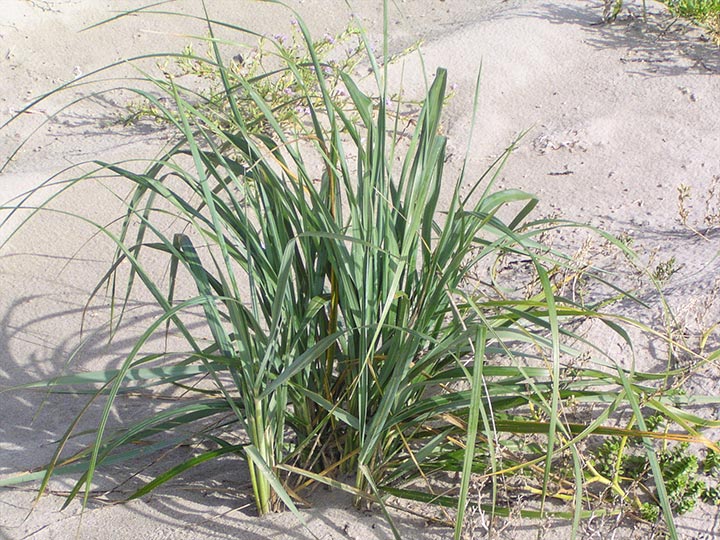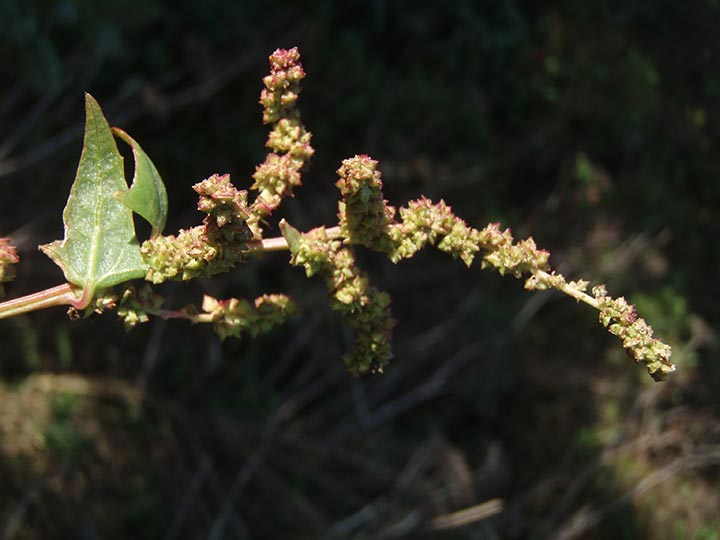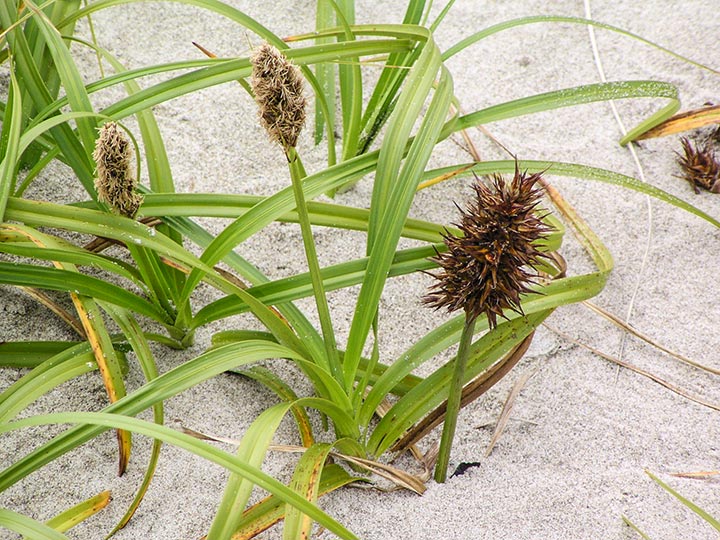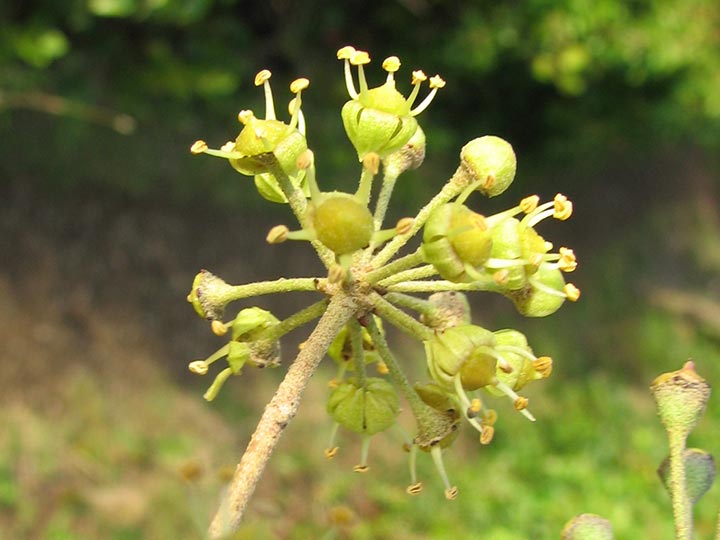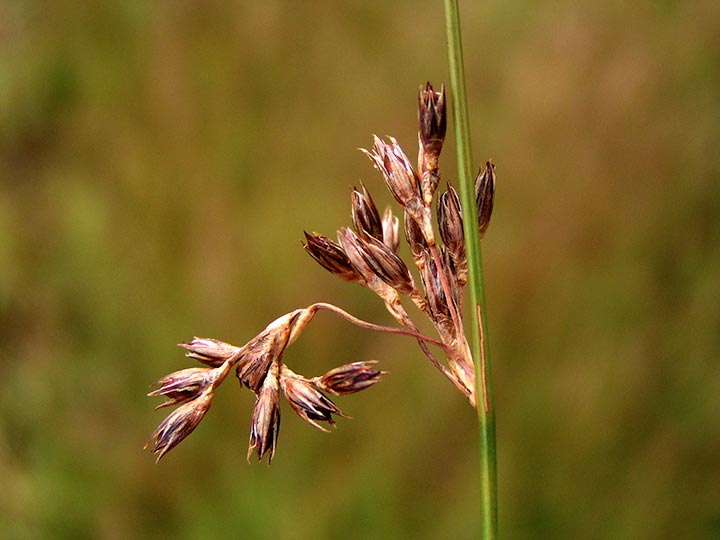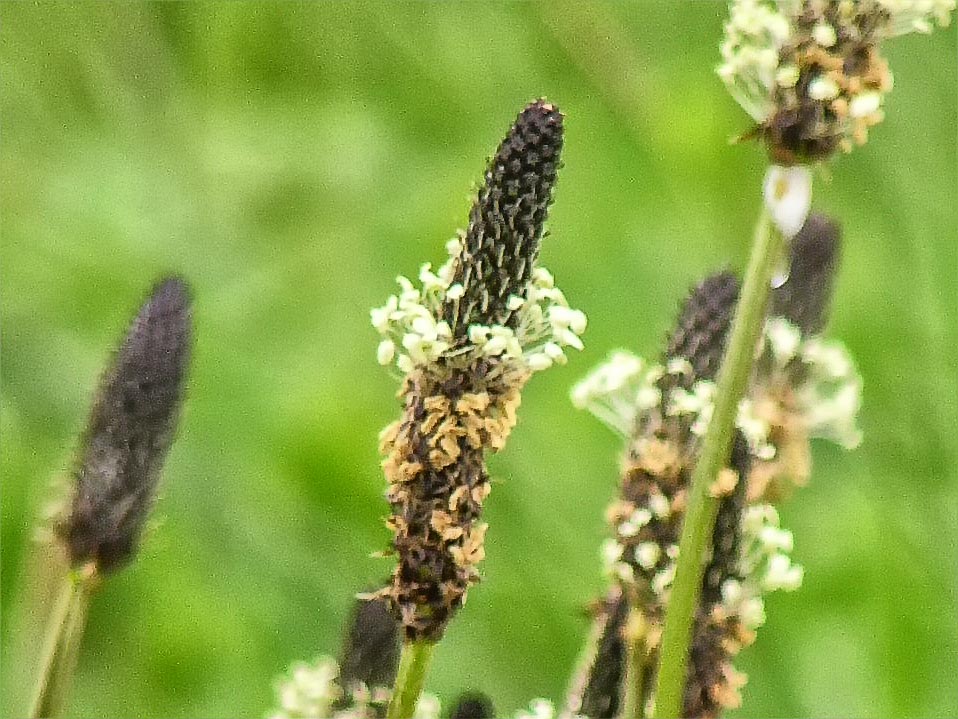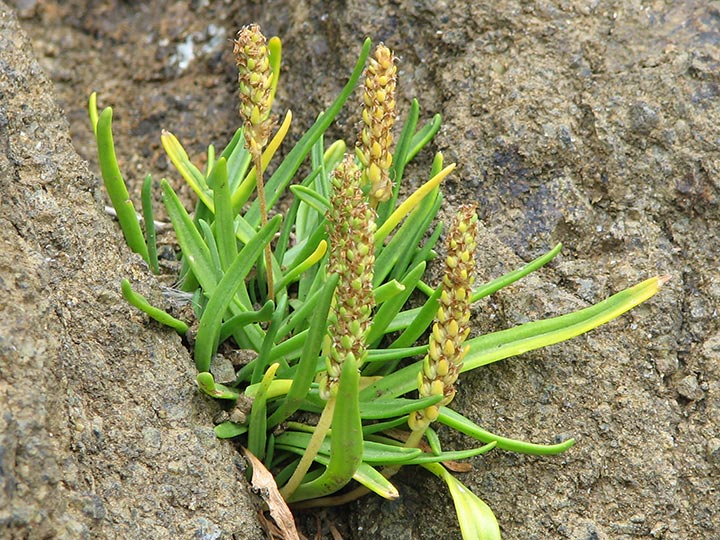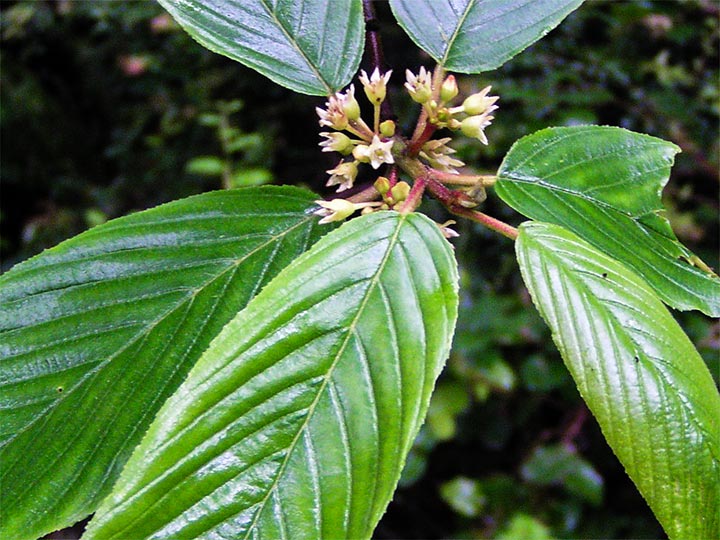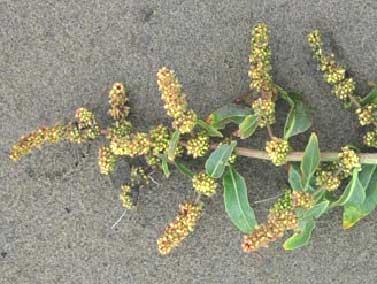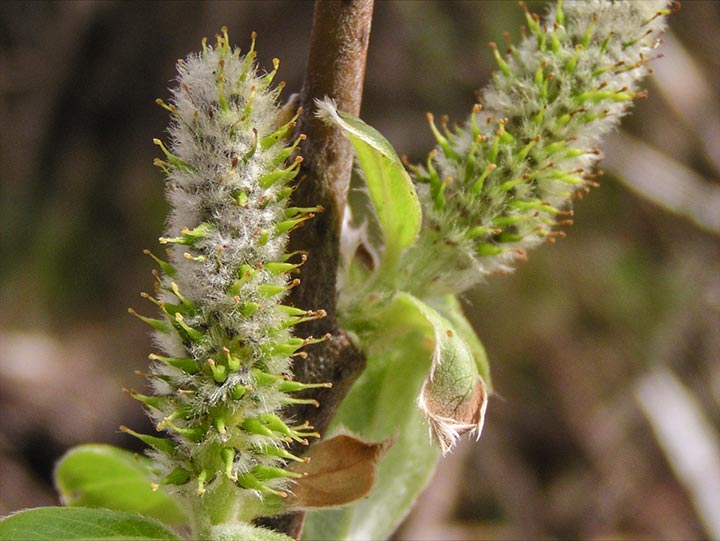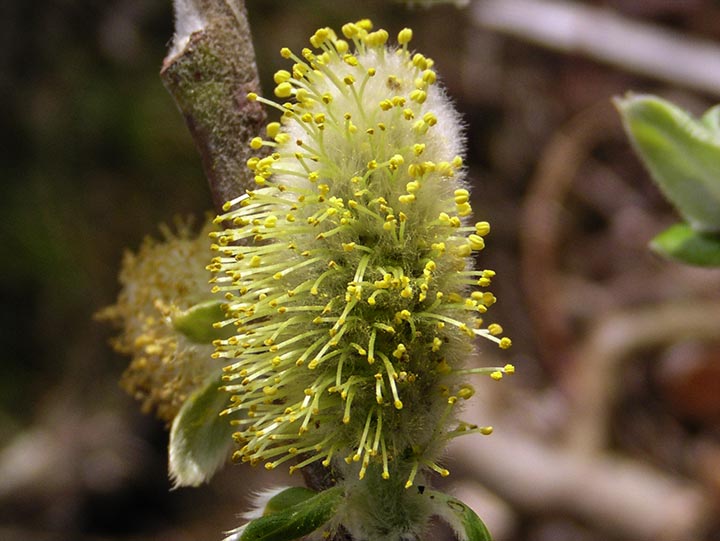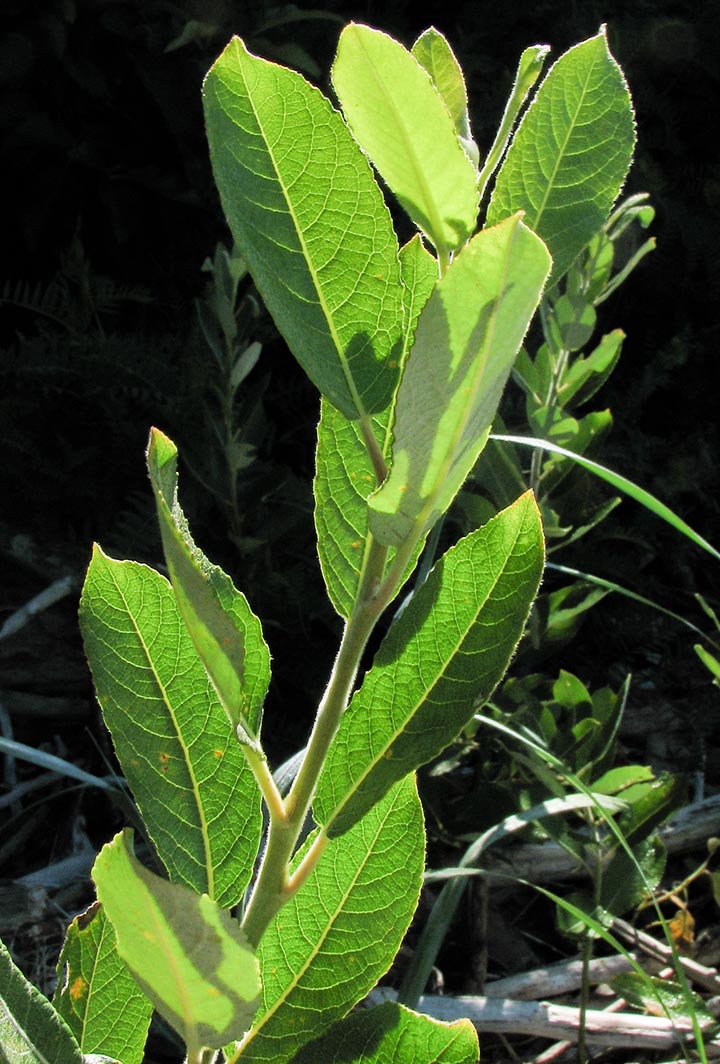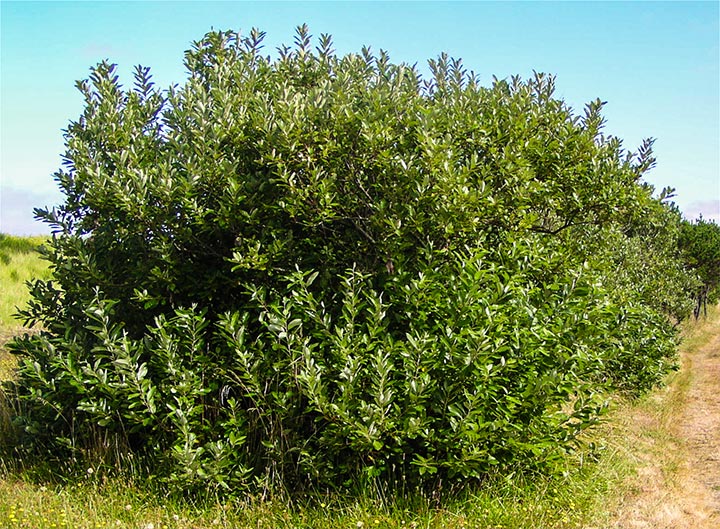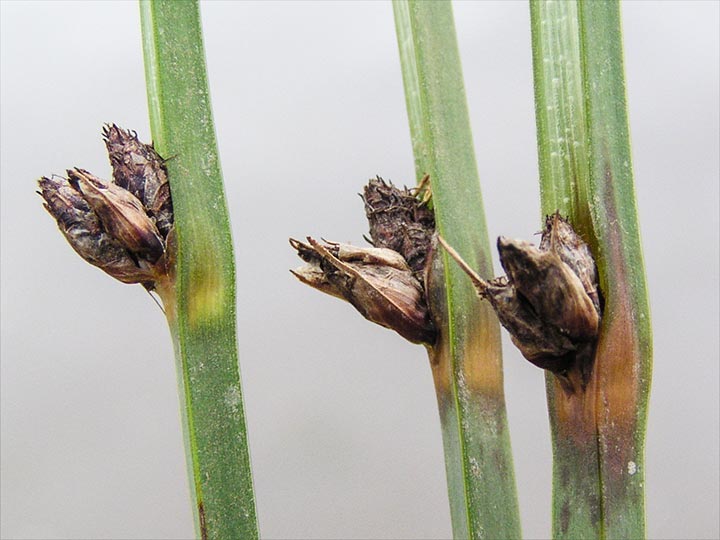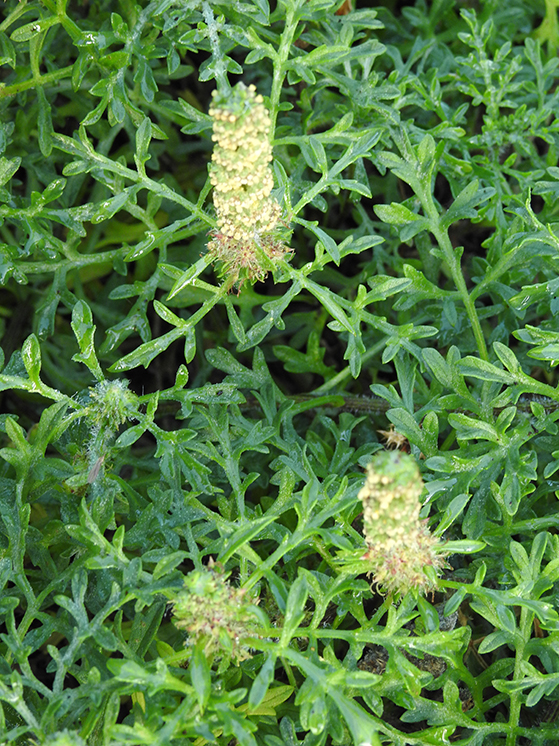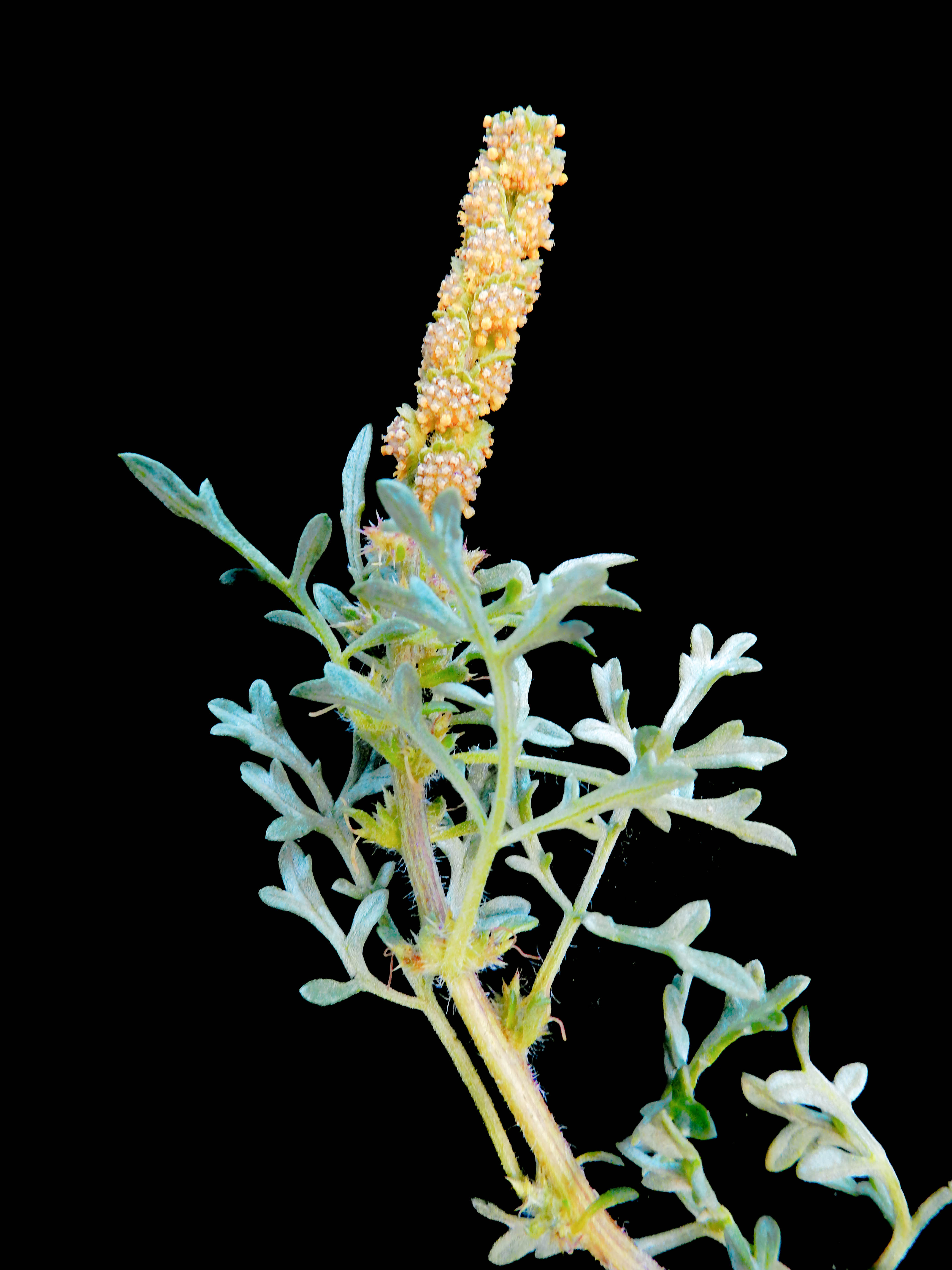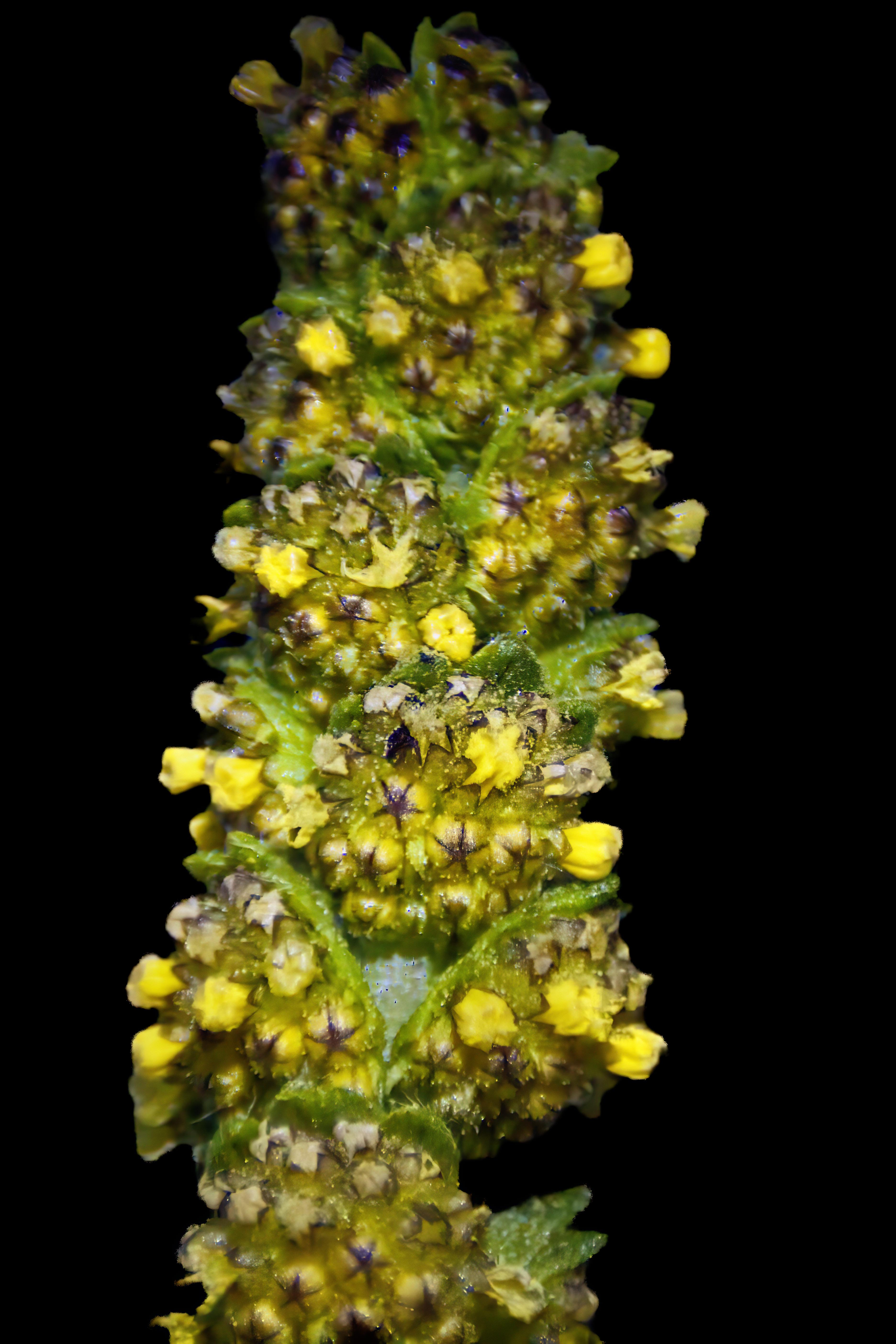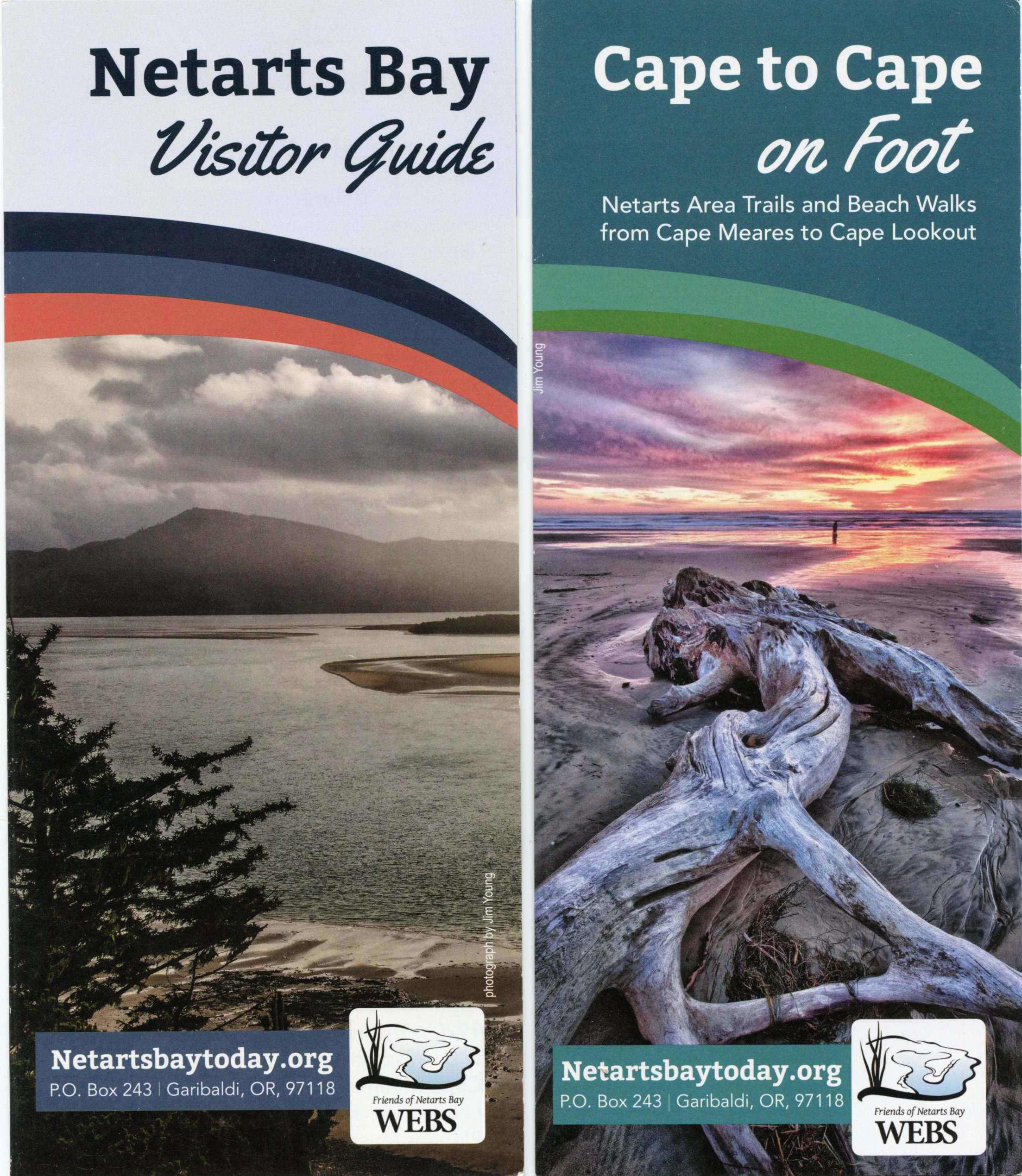Ambrosia chamissonis
Silver Burweed, Cut-leaf Beach Bur
British Columbia to California
Family Asteraceae
Native
Living on coastal, sandy beaches just above the high tide level or in nearby dunes, this sprawling perennial succulent can reach several feet in diameter. Its silvery-green leaves are pinnately lobed with short, sticky hairs on the bottom surface. Its rayless male (staminate) flowers are arranged in a long spike, and female (pistilate) flowers are located below the spike in spiny bracts. It blooms all summer, after which the bracts form spiny, seed-bearing burrs. The plant smells sweet, hence the name Ambrosia, the sweet-smelling food of the gods that, when consumed, offered immortal life.





